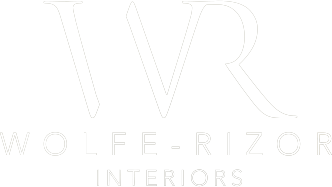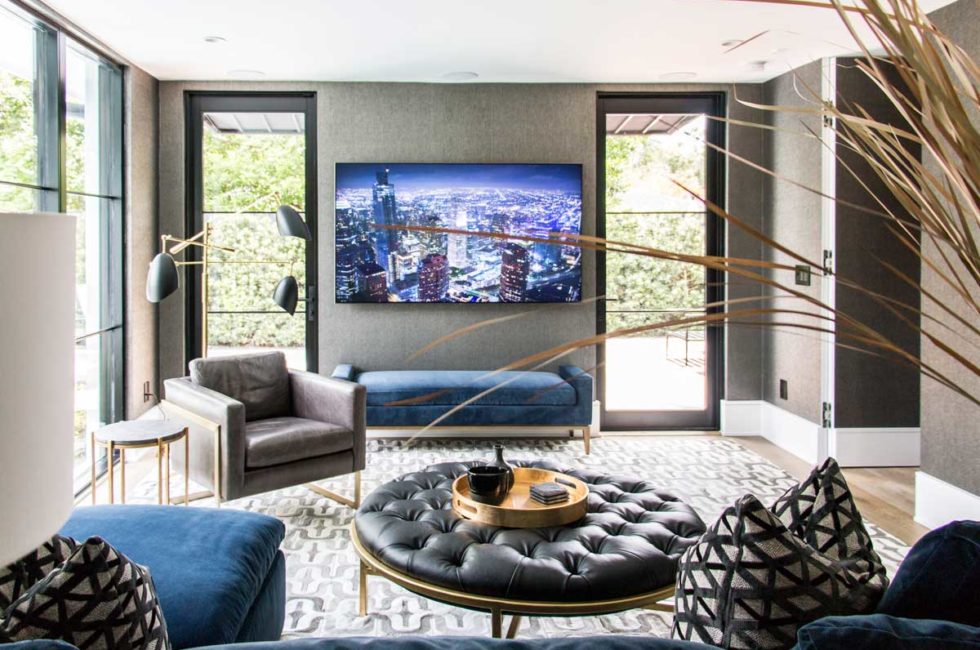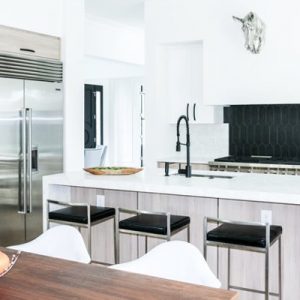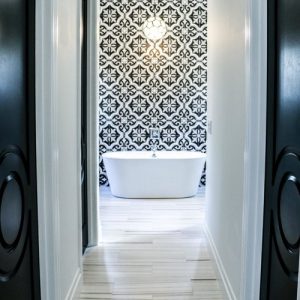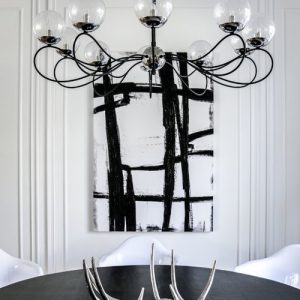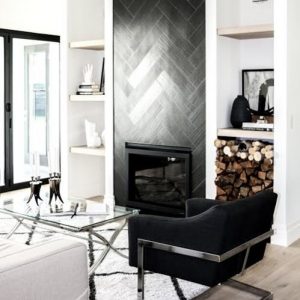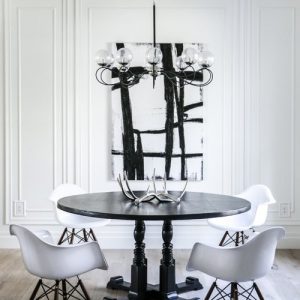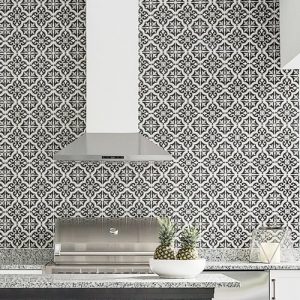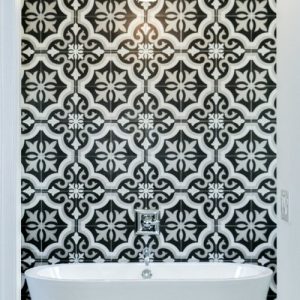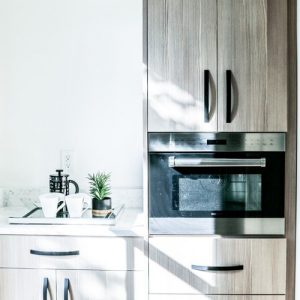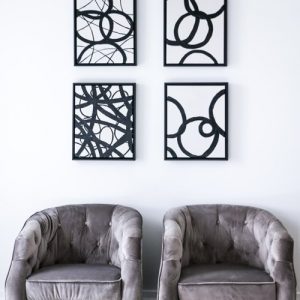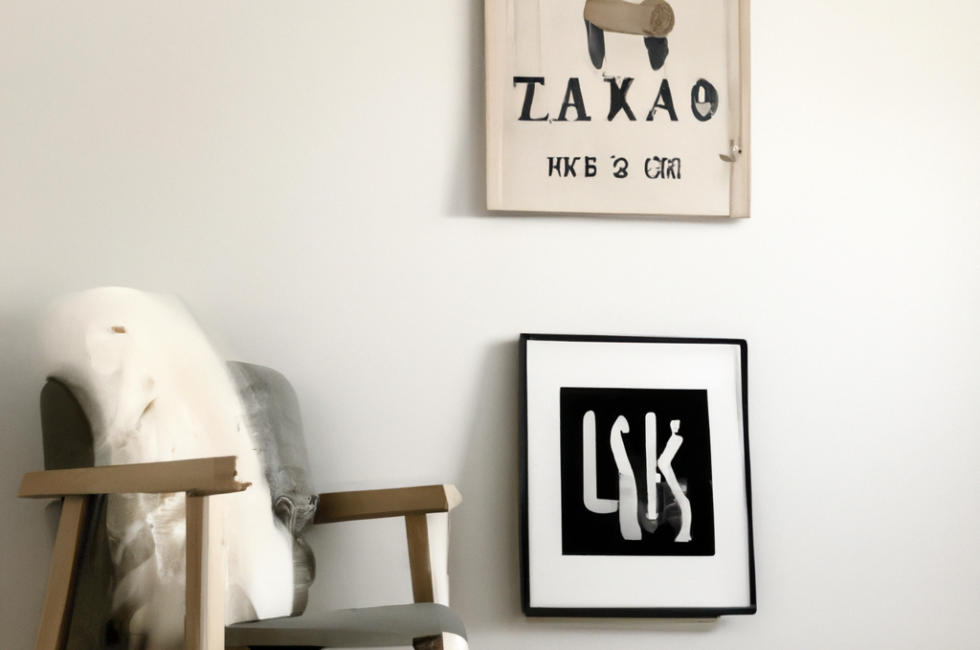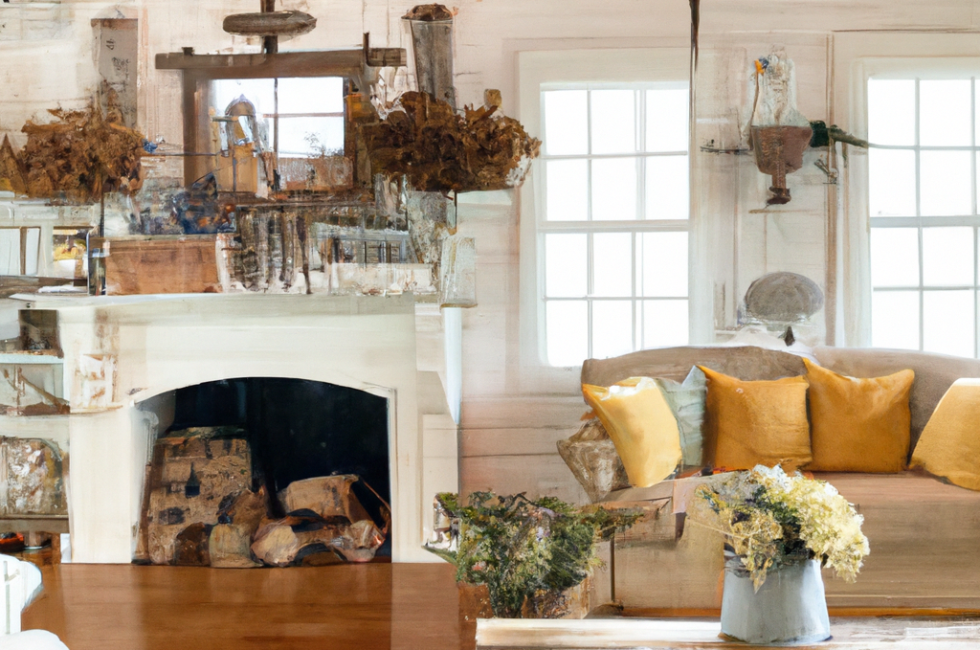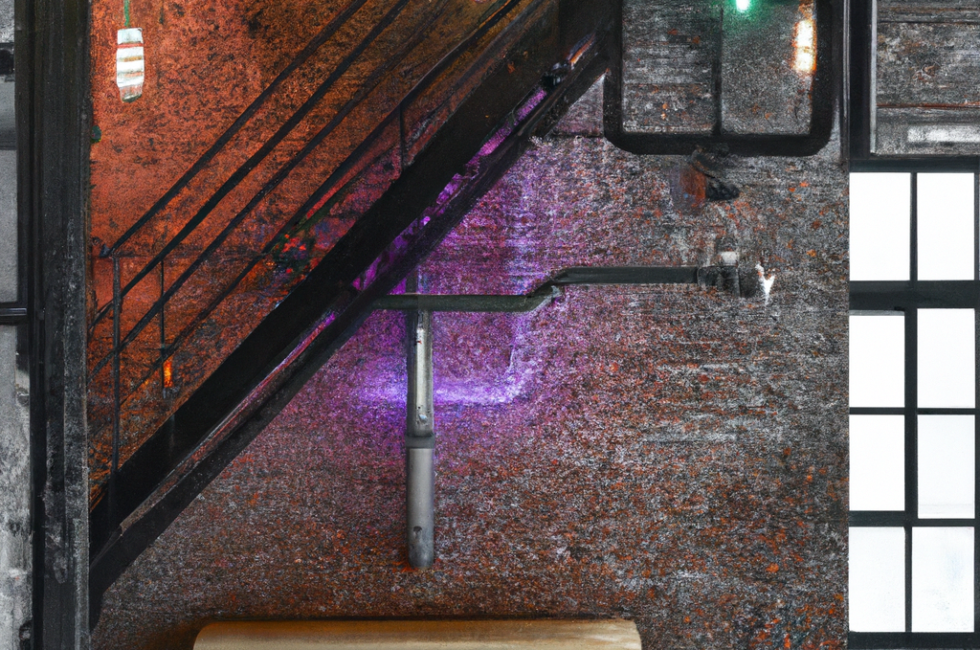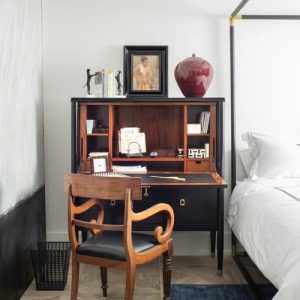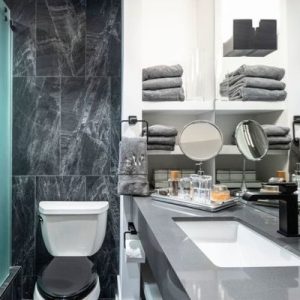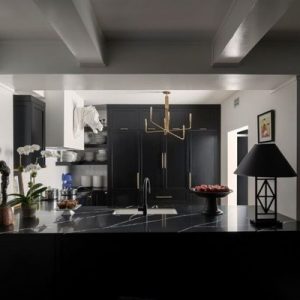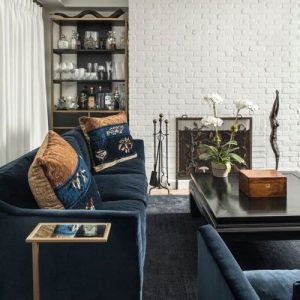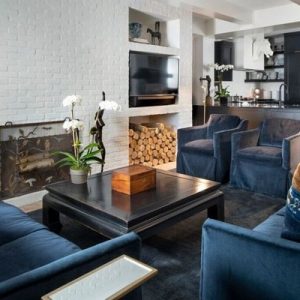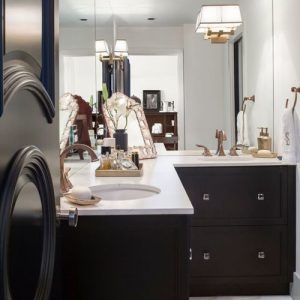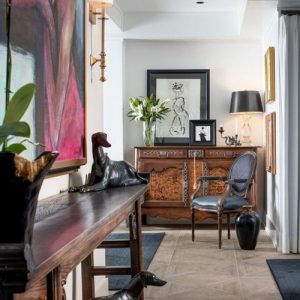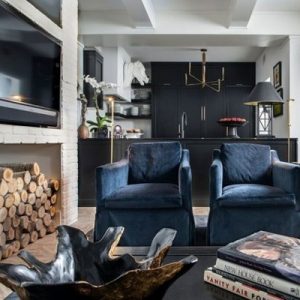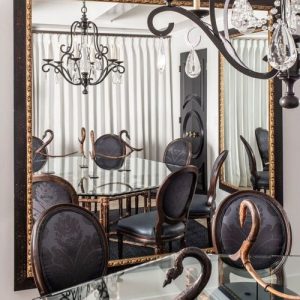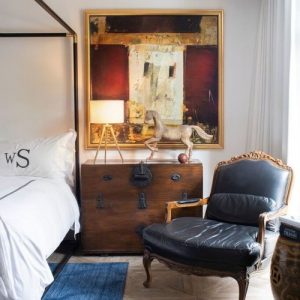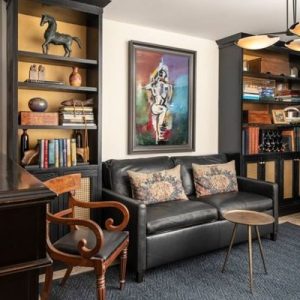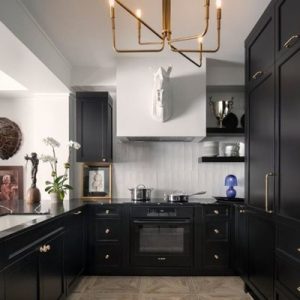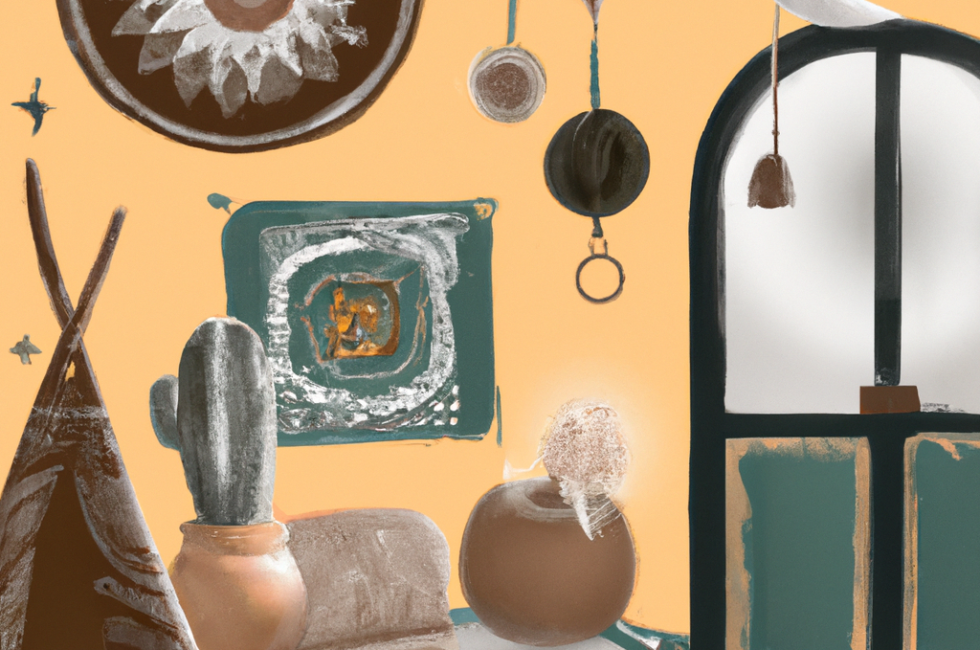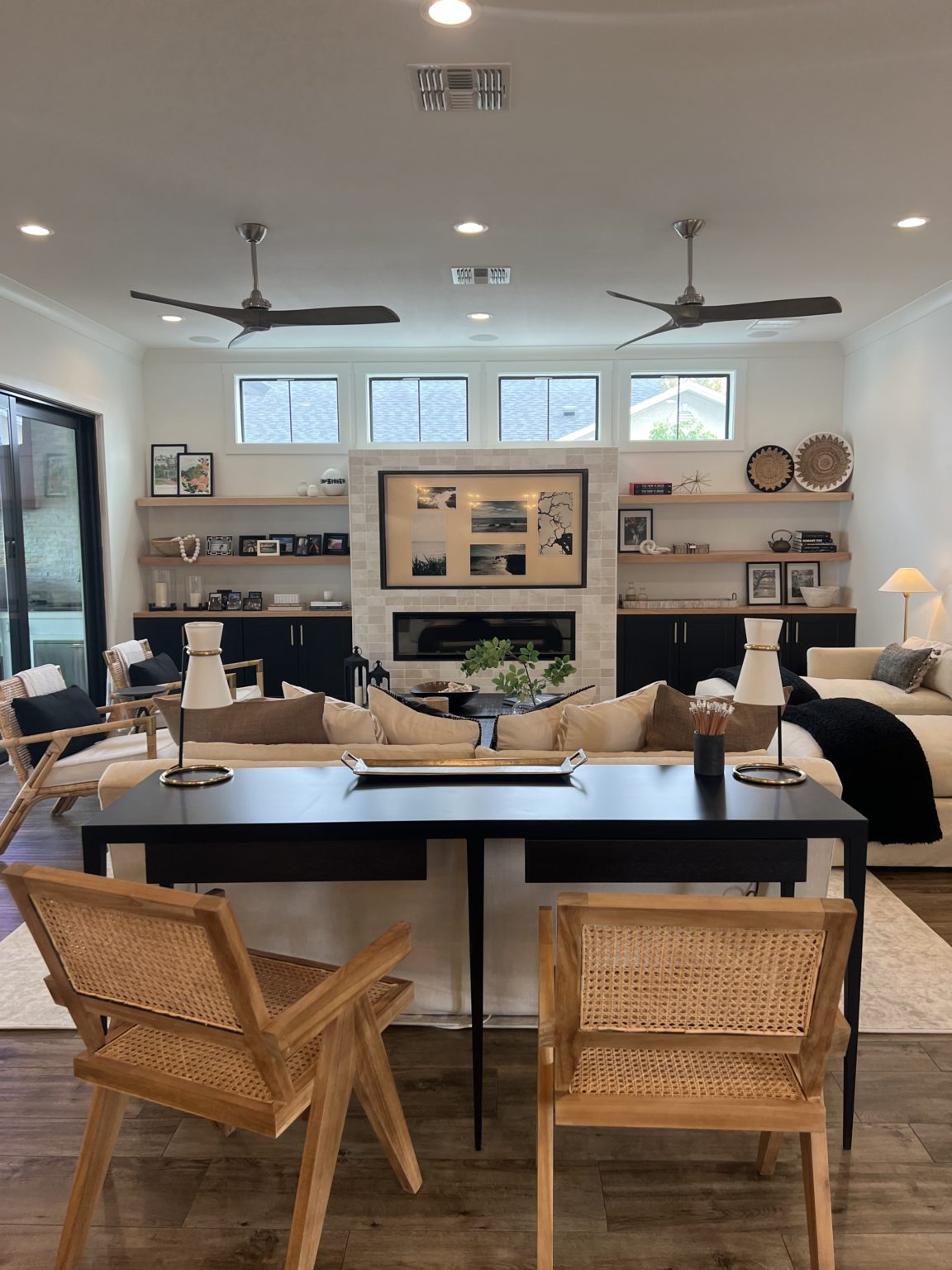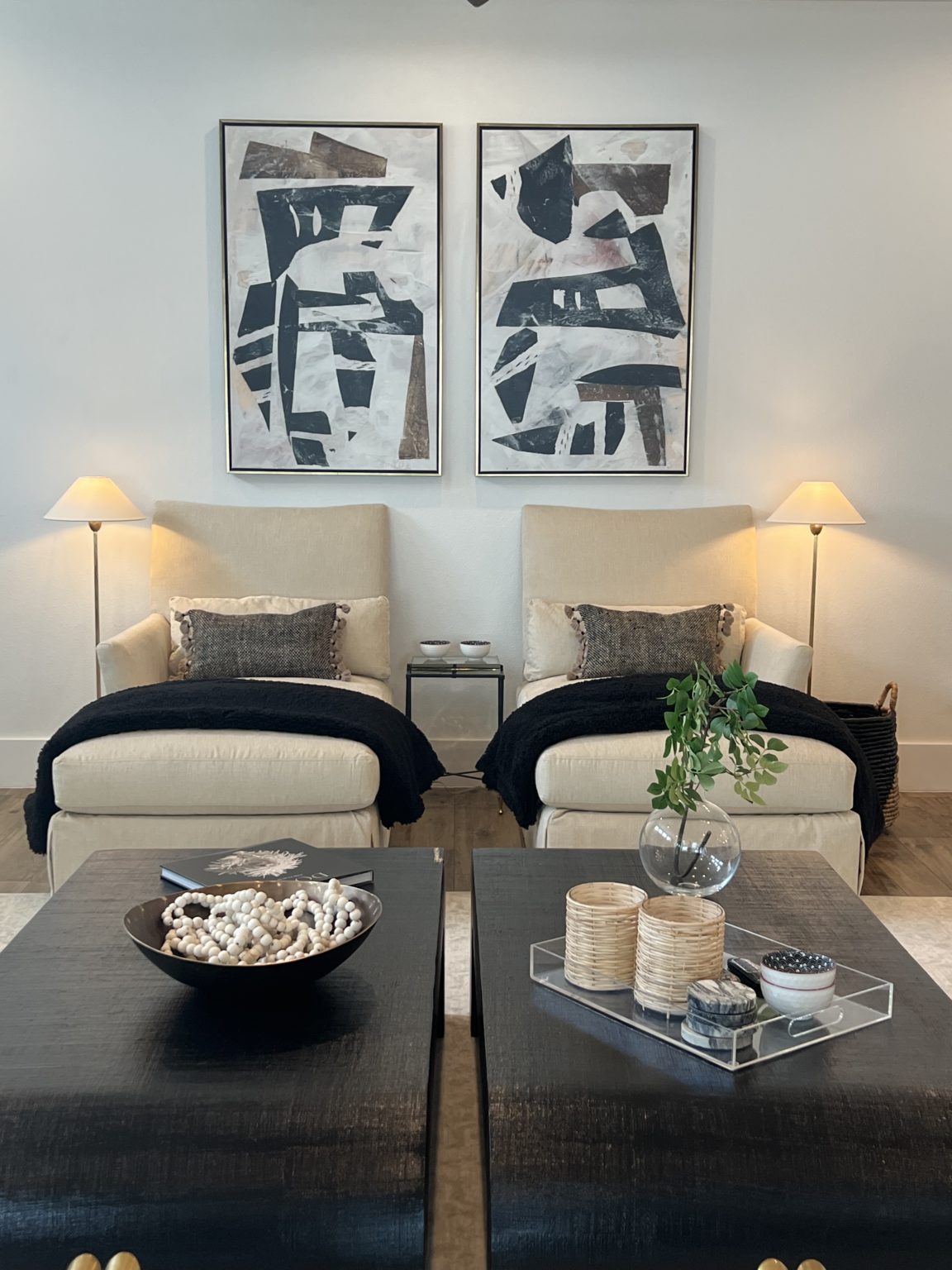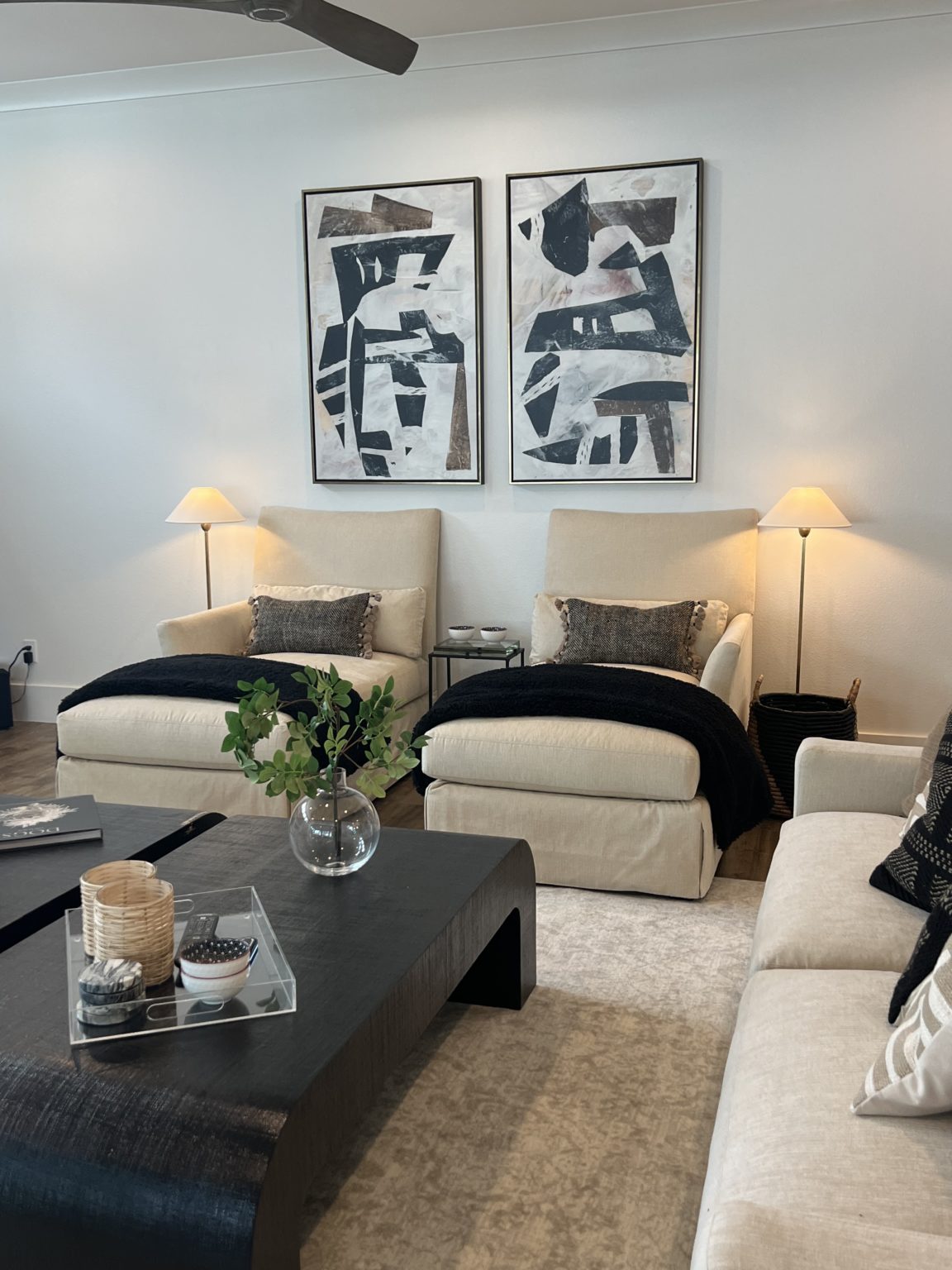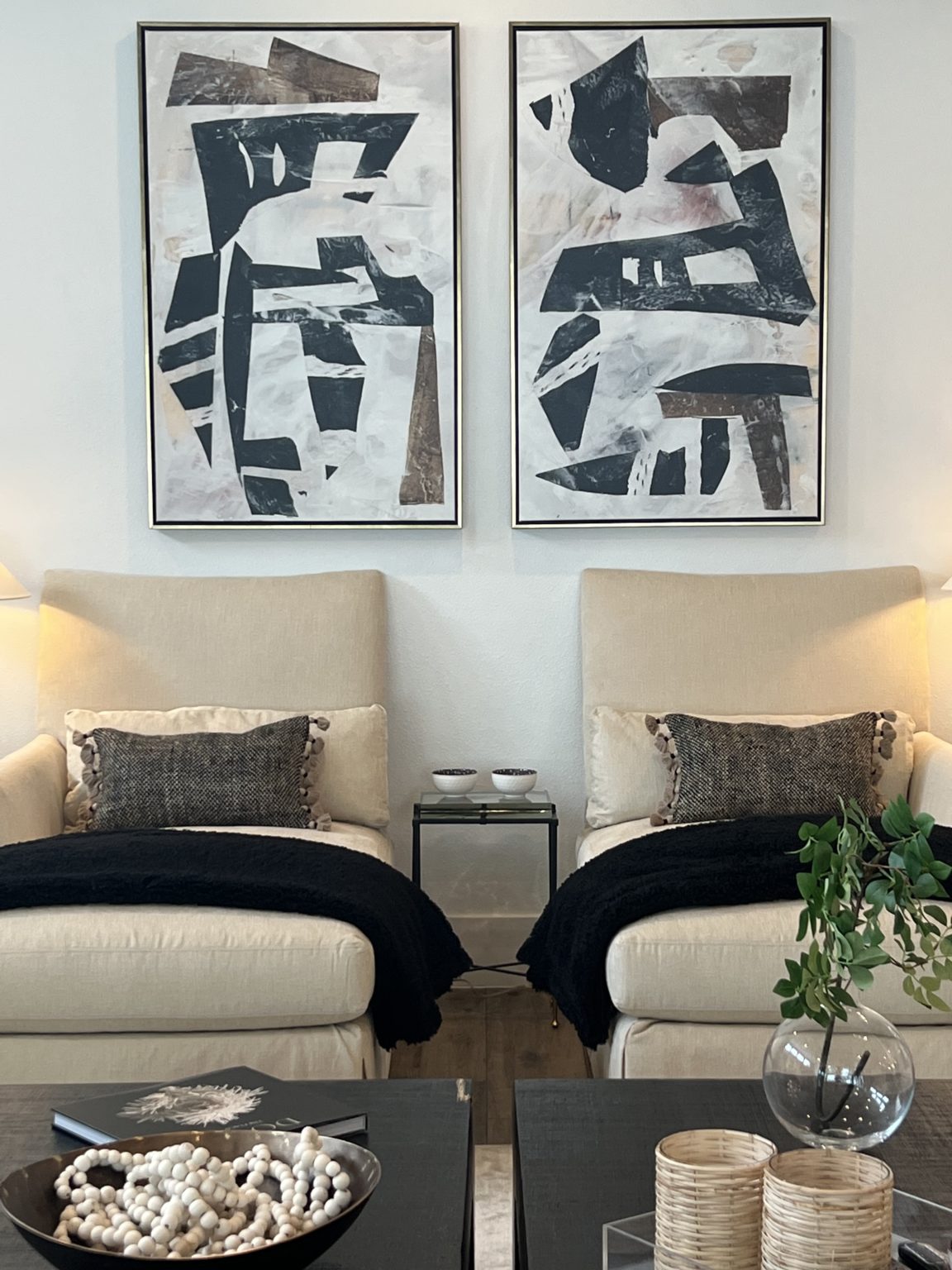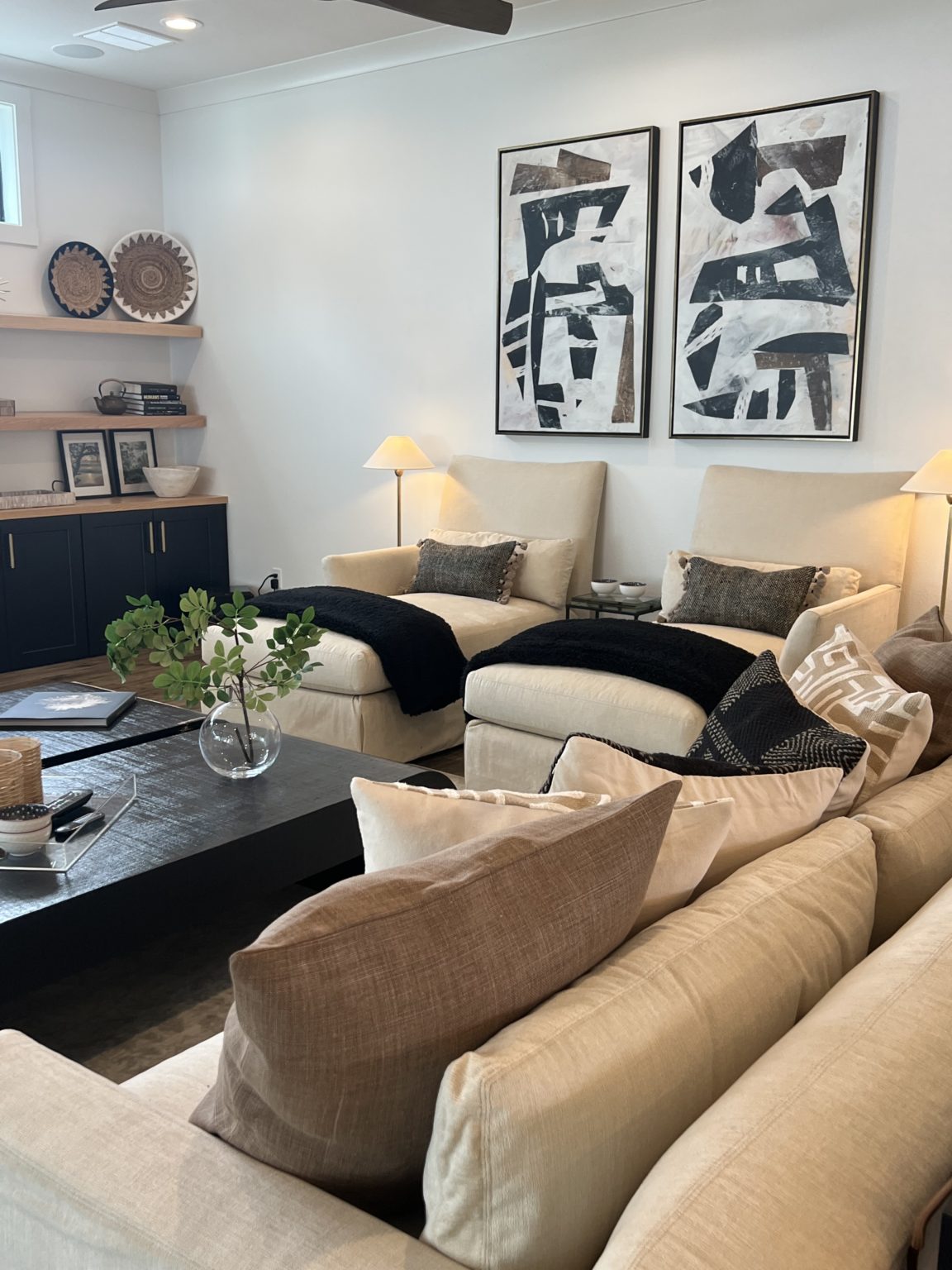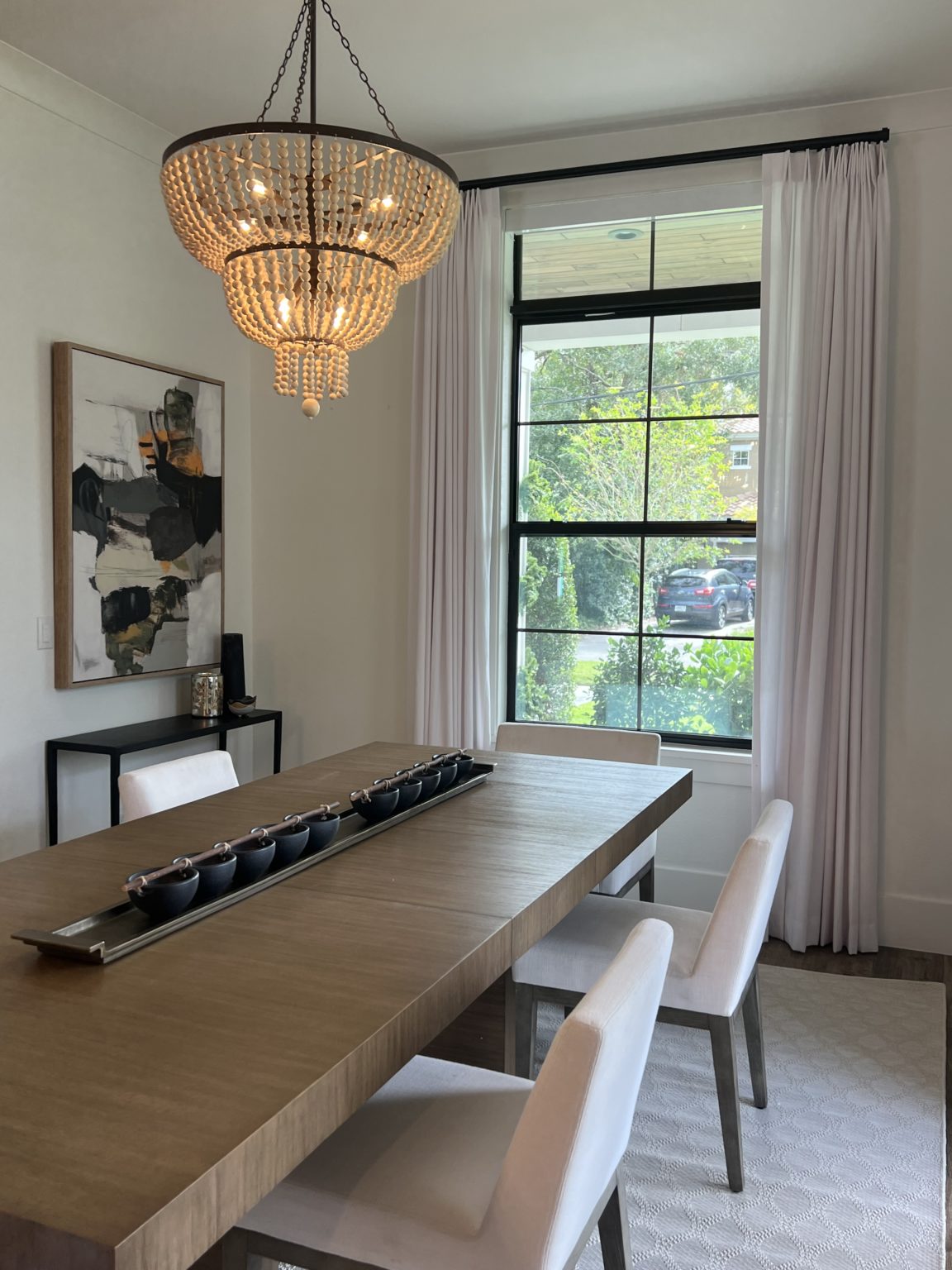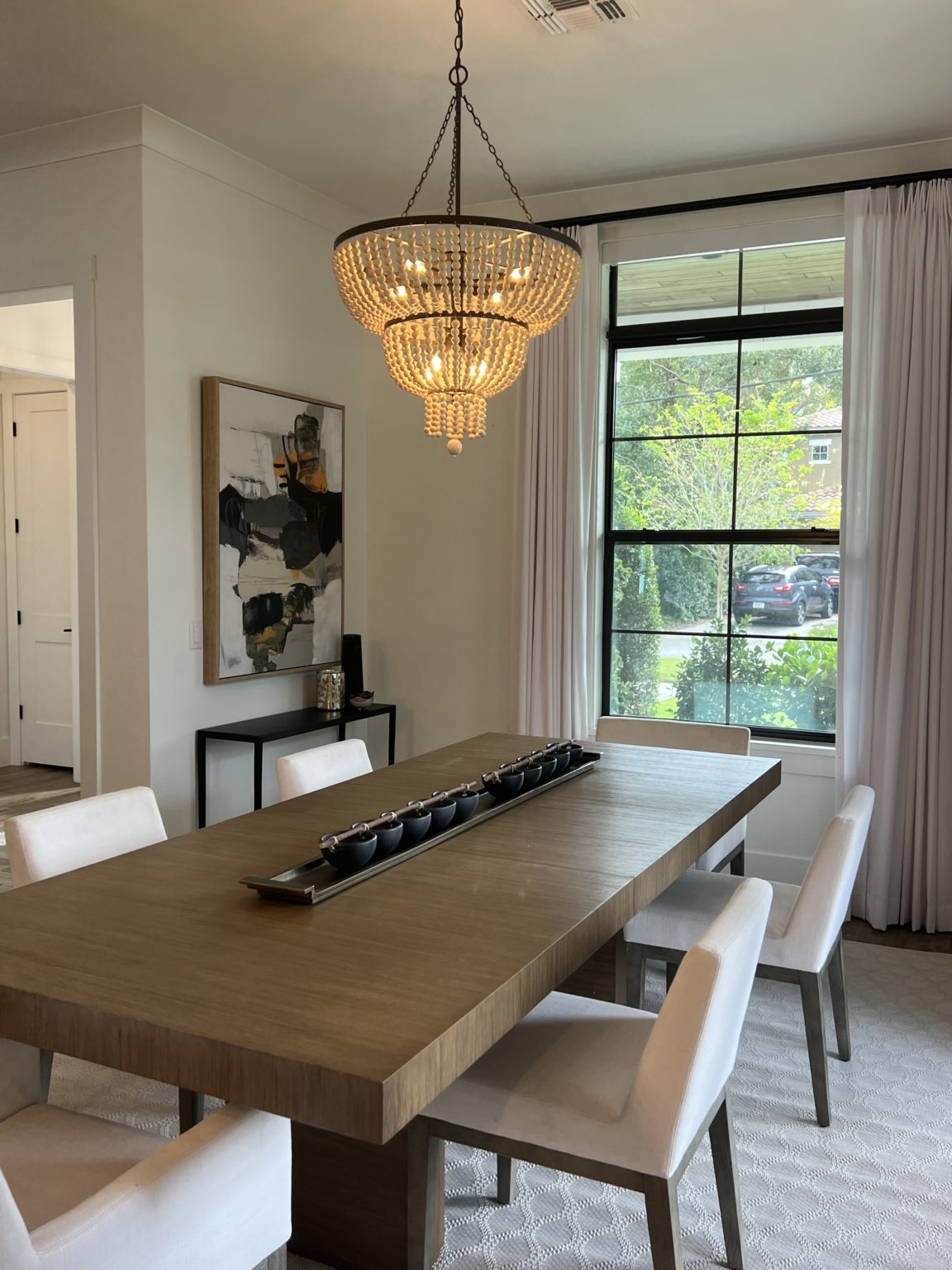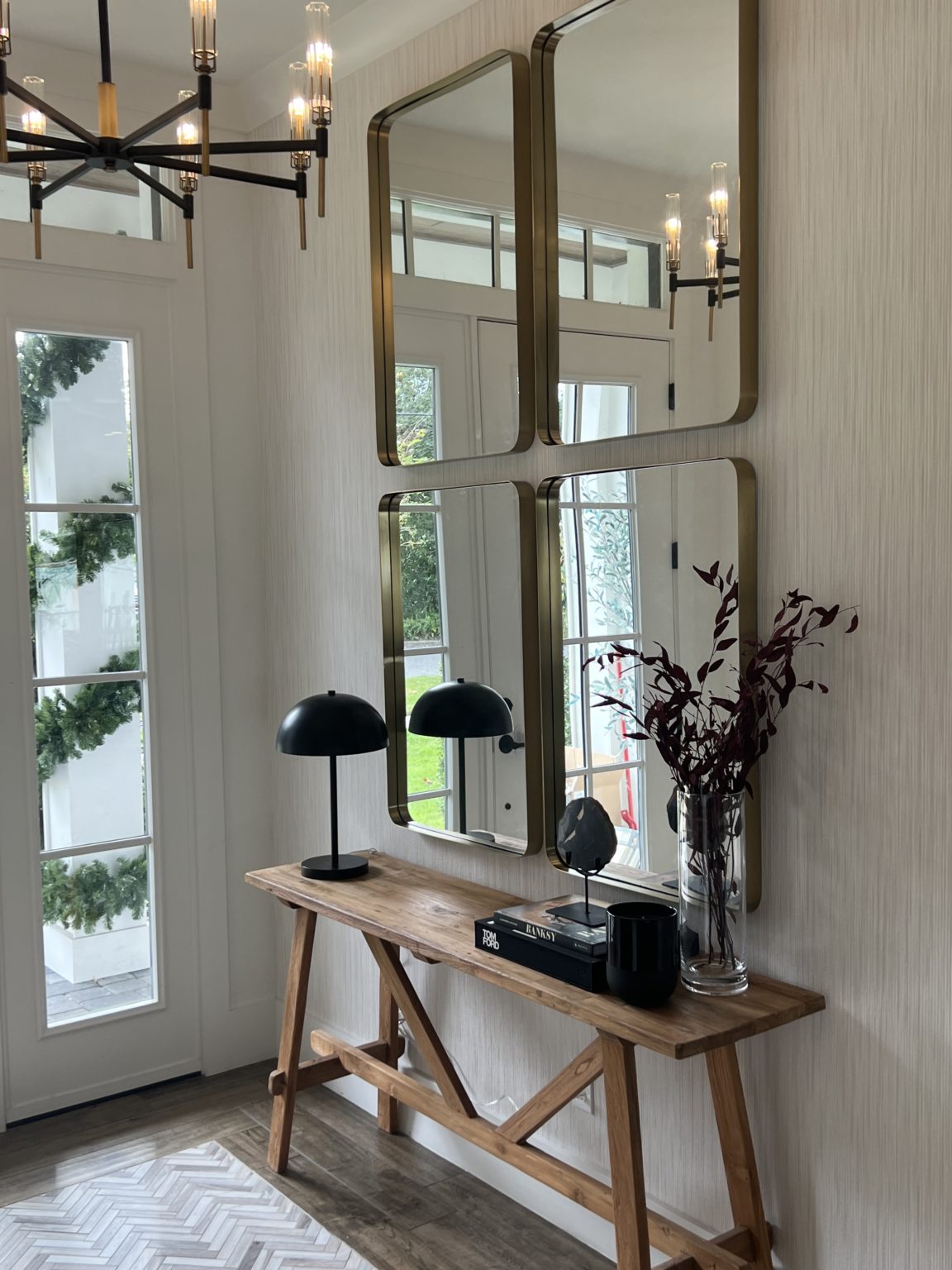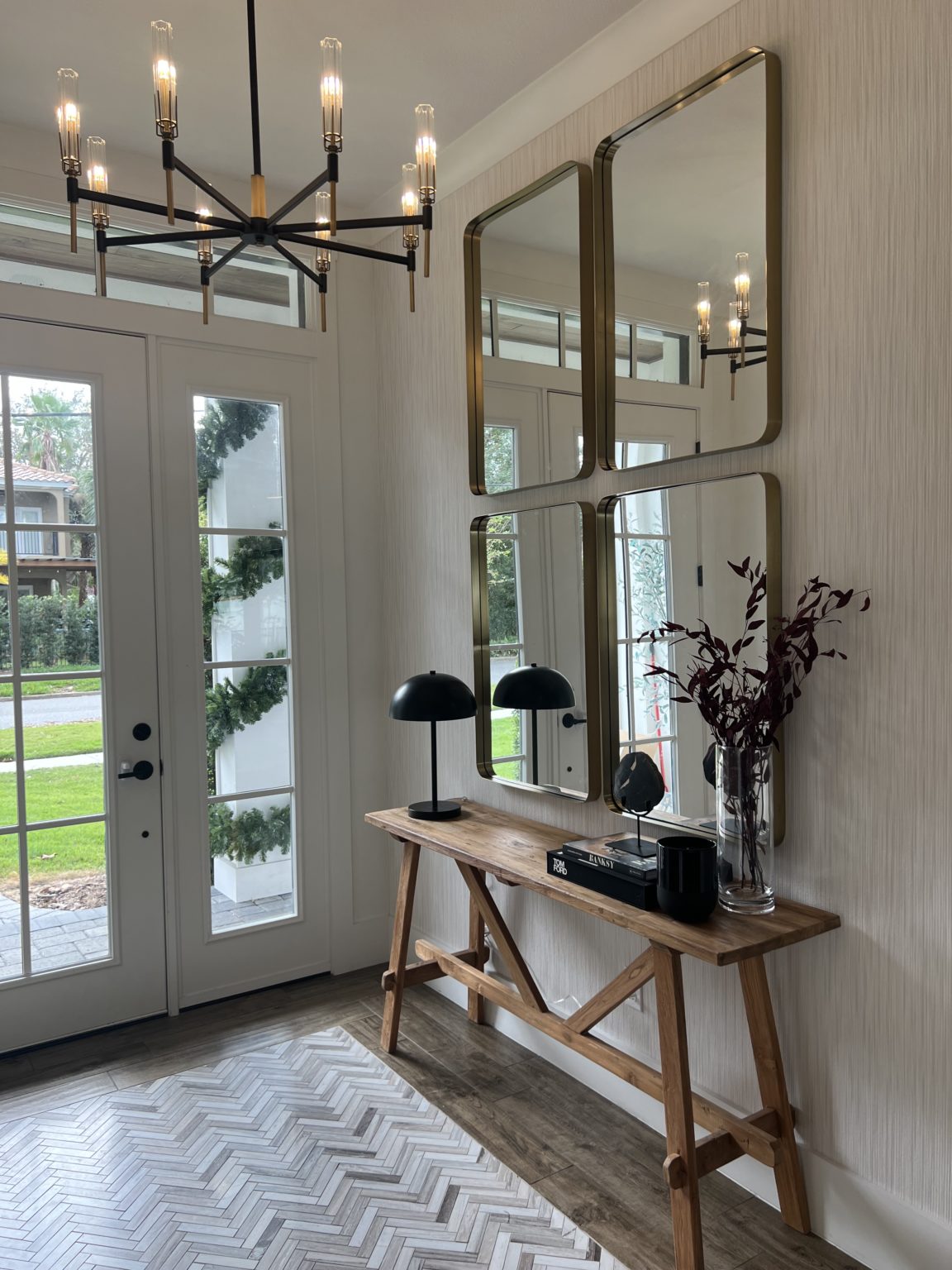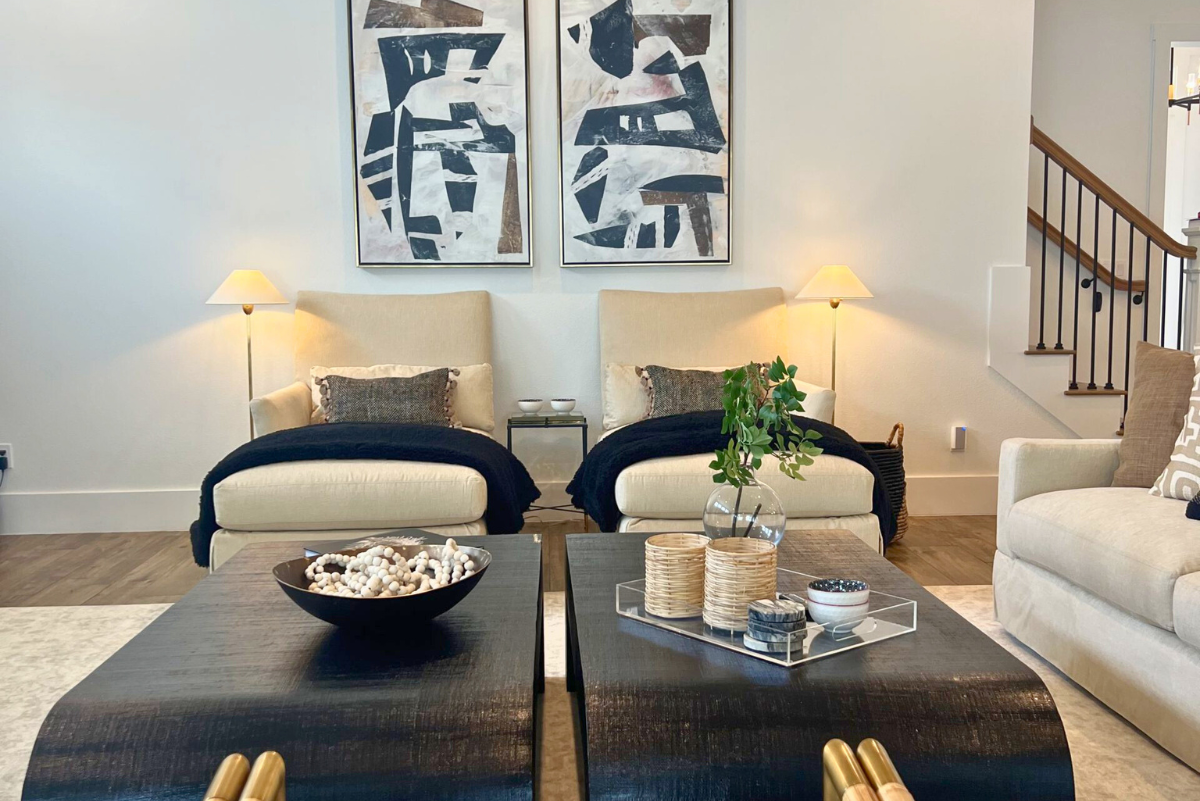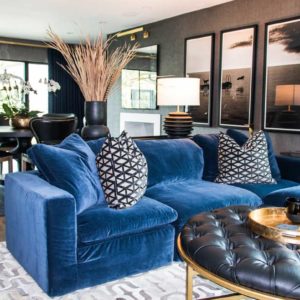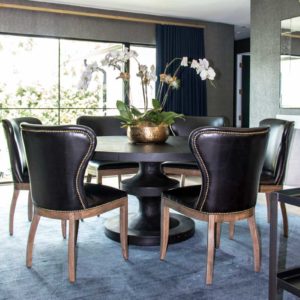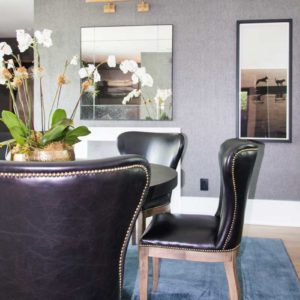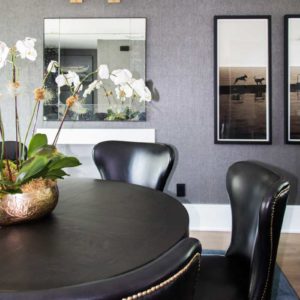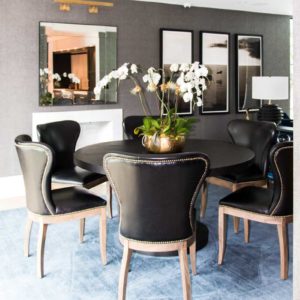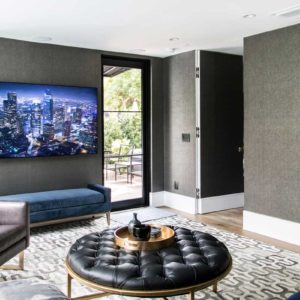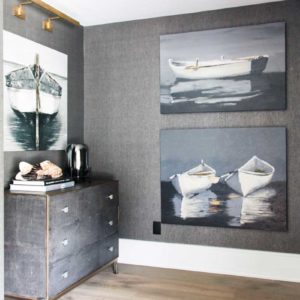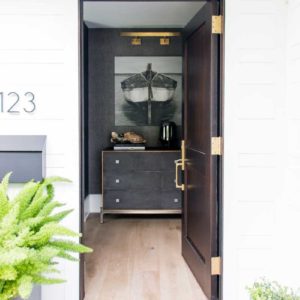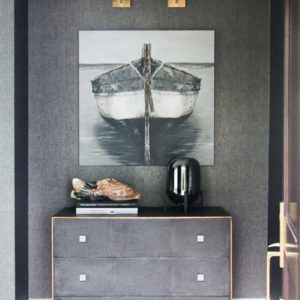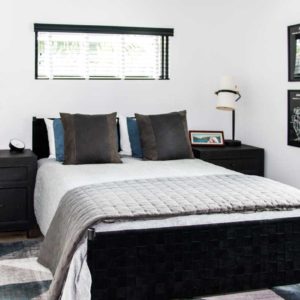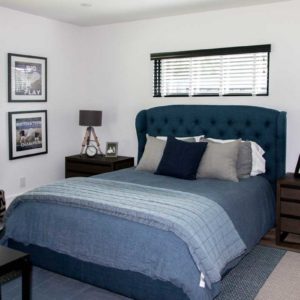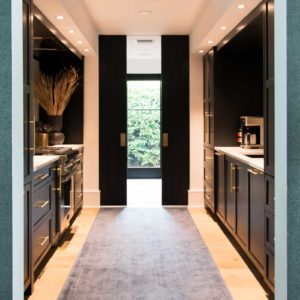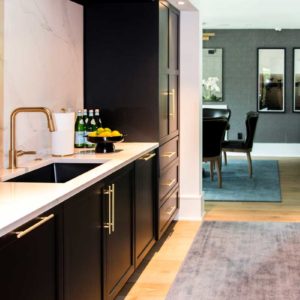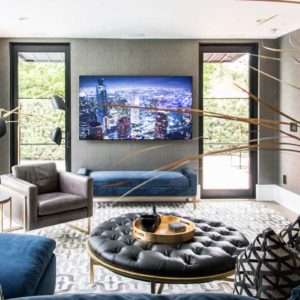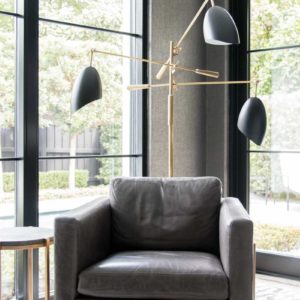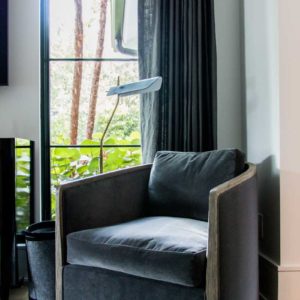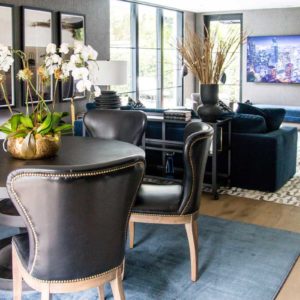There are many different interior design styles to choose from, and the popularity of each style can vary depending on the location and current trends. However, here are some of the most popular interior design styles that are currently in demand:
Minimalist
Minimalist interior design is a popular choice for those who appreciate a clean, uncluttered look with a focus on functionality and simplicity. The style is characterized by a neutral color palette that creates a sense of serenity, and the use of natural materials such as wood and stone that add warmth and texture to the space. Minimalist design is often associated with a monochromatic or subdued color scheme, and it’s common to see the use of whites, grays, and beiges, as well as black or dark hues. This simplicity also extends to the use of clean lines, geometric shapes and a lack of embellishments. The result is a space that is both visually pleasing and functional, allowing the homeowner to focus on the essentials.
Minimalism is not just about the absence of decoration, but also about a sense of purity and serenity that comes from simplicity and functionality. The style emphasizes the use of natural materials, such as wood, stone, and other natural fibers, which helps to create a sense of warmth and connection to nature. This use of natural materials can also create a sense of timelessness that makes the minimalist design stand out.
Scandinavian
The Scandinavian interior design style is a popular choice for those who appreciate simplicity and functionality in their home decor. This style is inspired by the design aesthetic of the Nordic countries, such as Denmark, Sweden, and Norway, which have been known for their minimalism and functionality.
One of the main characteristics of Scandinavian design is the use of light woods such as birch, pine, and ash. These woods are often left in their natural state and are used for flooring, furniture, and even walls, bringing warmth and texture to the space. Alongside the light woods, natural fibers such as cotton, linen, and wool are also commonly used in this design style, which adds texture and coziness to the space.
The color palette of Scandinavian design is often neutral, with whites and light grays predominating, but there is also a use of soft pastels such as pale blue, green, and pink. The use of neutral colors helps to create a feeling of calm and serenity in the space, making it feel comfortable and inviting. This combination of natural materials and a neutral color palette creates a sense of warmth and simplicity.
Farmhouse
This style is characterized by its use of natural materials, such as exposed brick, reclaimed wood, and vintage accents that give the space a warm and cozy feel. The style is heavily influenced by the traditional farmhouses and it has a way of making a home feel both comfortable and welcoming.
The exposed brick and reclaimed wood are key elements of the farmhouse style. Exposed brick gives the space a rustic and industrial look, while reclaimed wood adds warmth and texture. This combination of materials helps to create a sense of history and character in the space. Reclaimed wood is often used for flooring, walls, and ceilings, and it can also be used to make furniture, such as tables and bookcases, which adds a rustic touch to the space.
The farmhouse style is also known for its vintage accents, such as antique lighting fixtures, vintage rugs, and old-fashioned accents. These elements add character and personality to the space, and can be used to create a sense of nostalgia.
Industrial
This style is characterized by its use of raw and unfinished materials, such as exposed brick, concrete, and ductwork. These materials give the space a rough and unfinished look, which is a key aspect of this style. The style is heavily influenced by the industrial architecture of the past, such as old factories and warehouses, and it often incorporates elements from these spaces such as exposed pipes, ducts, and structural elements.
Exposed brick is a key element of industrial design, it gives the space a rugged and raw feel, creating an industrial aesthetic. This element can be used to create an accent wall, or to cover an entire wall, giving the space a rustic and industrial feel. Concrete is also used frequently in industrial design, it gives the space a raw and unfinished look, and it’s often used to cover the floor or to make furniture like coffee tables or benches.
Exposed ductwork and pipes are also an important element of the industrial style, it gives the space a raw and unfinished look, and it can also serve a functional purpose. This element can be used to create an accent wall or to cover an entire wall. It gives the space an industrial aesthetic and can also add a cool and raw look to the space.
Mid-Century Modern
Mid-Century Modern is an interior design style that is characterized by a minimal, clean aesthetic and is heavily influenced by the design of the 1950s and 1960s. This style is characterized by its use of clean lines, simple forms, and a focus on functionality. The style is heavily influenced by the Bauhaus design movement, which emphasized a focus on functionality and simplicity.
The use of geometric shapes is a key aspect of Mid-Century Modern design. This style often features simple geometric shapes such as circles, squares, and rectangles, which can be found in everything from furniture to lighting fixtures. These shapes are often used to create an interesting visual contrast with more organic forms, such as curved lines. This creates a sense of balance and harmony in the space.
The color palette of Mid-Century Modern design is often neutral, with whites, grays, and beiges predominating. However, there is also a use of bold and bright colors, such as red, orange and yellow, that can be used to create a sense of energy and liveliness in the space. Mid-Century Modern design often emphasizes the use of natural materials, such as wood and stone, which adds warmth and texture to the space. The use of natural materials helps to create a sense of timelessness and durability in the space.
Bohemian
Bohemian interior design, also known as boho-chic, is characterized by a free-spirited and eclectic aesthetic, featuring an eclectic mix of patterns, textures, and colors. This style is known for its use of rich and vibrant colors, bold patterns and unique textures, which can be found in everything from textiles to furniture. The Bohemian design style is often associated with creativity and self-expression, and it’s a great way to infuse your home with a sense of individuality and personality.
One of the key aspects of Bohemian design is the use of patterns and textures. This style often incorporates a mix of different patterns and textures, such as bold prints, embroidery, and beading. These patterns can be found in everything from textiles to wall coverings, creating a sense of depth and interest in the space. The use of textures is also an important aspect of the Bohemian style, it can be found in everything from plush rugs to woven baskets, adding a sense of warmth and coziness to the space.
The color palette of Bohemian design is often rich and vibrant, featuring a mix of bold and bright colors. This style often incorporates a mix of warm and cool colors, such as oranges, yellows, and blues, which creates a sense of energy and liveliness in the space. The use of rich and vibrant colors also helps to create a sense of warmth and coziness in the space.
Modern
Modern interior design is characterized by clean lines, simplicity, and functionality. It is a style that values minimalism and focuses on the essentials. This style is often seen as the polar opposite of traditional design and is heavily influenced by the Bauhaus design movement, which emphasized a focus on functionality and simplicity.
One of the main features of modern design is the use of clean lines, both in the architecture and in the furniture. It’s a style that is all about minimalism, where less is more, and the focus is on the essentials. The use of natural materials is also an important aspect of modern design.
The color palette of modern design is often neutral, with whites, blacks, and grays predominating. This color scheme helps to create a sense of calm and serenity in the space, and it also helps to create a sense of timelessness in the space. These colors are often used in combination with a limited use of colors such as blue, green, and yellow, to give a room a fresh and energizing atmosphere.
Contemporary
Contemporary interior design is all about embracing current trends and styles. It is a constantly evolving style that can vary widely depending on the time period. This style is not bound to a specific era or aesthetic, it is all about incorporating the latest design trends, materials and technologies in creating a space that feels current and up-to-date.
One of the key features of contemporary design is the use of bold colors, geometric shapes, and modern technology. This style often incorporates bold and vibrant colors that help to create a sense of energy and liveliness in the space. Contemporary designs also often use geometric shapes, such as circles, squares, and rectangles, which can be found in everything from furniture to lighting fixtures. These shapes are used to create an interesting visual contrast with more organic forms, such as curved lines.
Contemporary designs also often incorporate modern technology, such as smart home automation, energy-efficient lighting, and other advanced features. This style prioritizes the use of new materials, textures and patterns, that can be found in everything from flooring, furniture, to wall coverings.
It’s worth noting that these are not the only design styles out there, and the popularity of the styles may vary depending on the location, culture and even personal preference.
